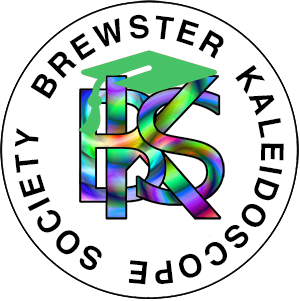Confessions of a Kaleidoscope Collector
From Forbes Magazine, May 17, 1999
by William Novak
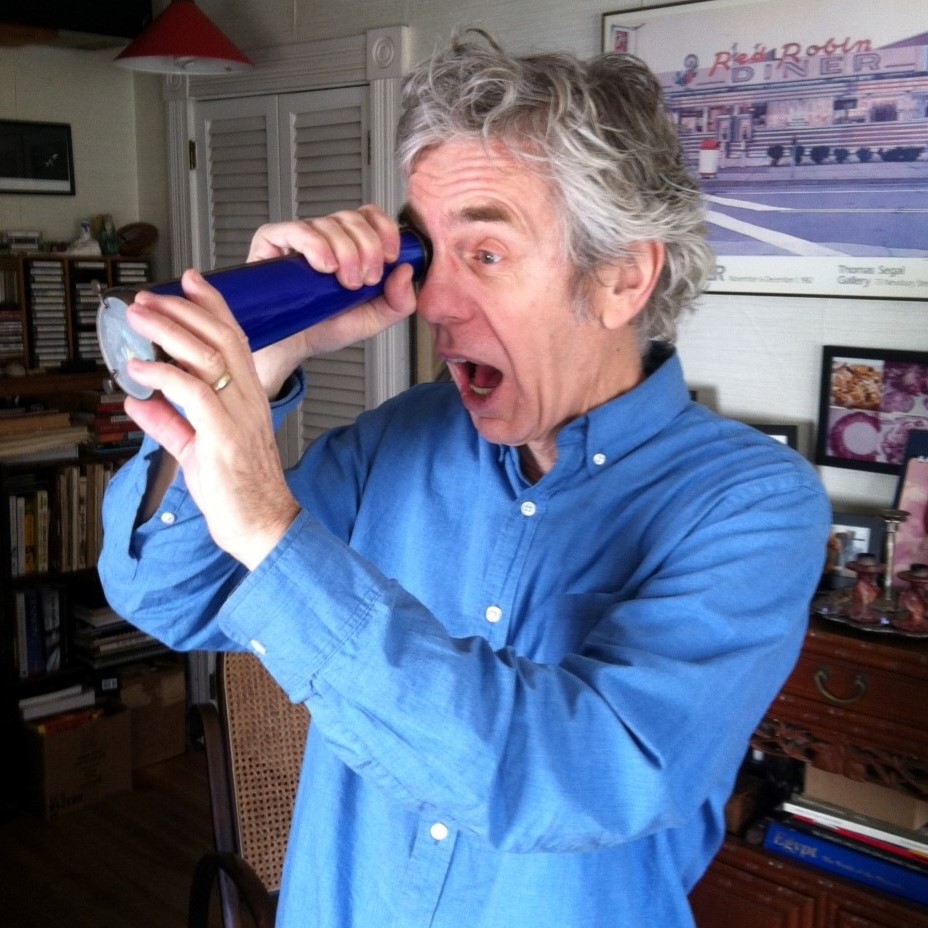
Am I obsessed with kaleidoscopes? Here’s a clue: When I took my teenage son to look at Hampshire College in western Massachusetts, I urged him to sit in on a class. A long class, too – long enough for Dad to pop over to Van Cort Instrument Makers in South Deerfield, which happens to be the world’s only kaleidoscope factory.
When I talk about kaleidoscopes, I don’t mean those flimsy, blurry, cardboard toys you may remember from your childhood – although, truth be told, I collect them, too. Many of today’s kaleidoscopes are, for want of a better word, art. The best of them are to those earlier toys as the paintings of Chagall are to cave drawings.
Before this passion overcame me, I had always assumed that kaleidoscopes originated in ancient times, having been dreamed up by some anonymous Athenian artisan. In fact, they were invented much more recently – in 1816, by Sir David Brewster, an eminent Scottish scientist who specialized in optics. He paired two long, narrow mirrors, butting their long edges together at an angle, and placed them in a tube. Objects at one end of the tube would be seen in multiple reflections through a keyhole at the other. With a 45-degree angle, you get an octagonal pattern; with a 60-degree angle, a hexagon.
While kaleidoscopes have been around ever since, over the past two decades dozens of American artists have created a kind of kaleidoscope renaissance. For collectors, these are the good old days.
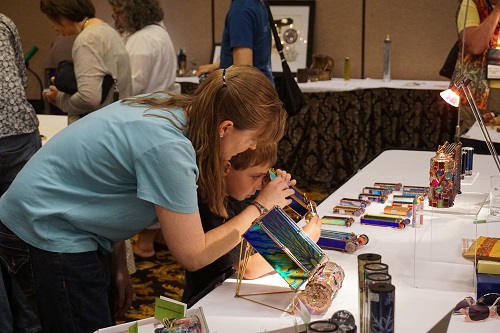
Like certain other forms of magic done with mirrors, kaleidoscoping has leaped dramatically in quality as mirrors have become incredibly precise. The original Brewster formula for a two-mirror scope, which produces a single, central image in the shape of a mandala, has been expanded to three mirrors, which yield up an infinite field of images. In recent years artists like Don Doak, Marc Tickle and Sherry Moser have developed even more elaborate mirror systems, leading to spheres, cubes and ever-more-intricate designs.
I got hooked on kaleidoscopes a few years ago, in a New York gallery. On a lazy afternoon in SoHo, I wandered into After the Rain, an almost-spiritual oasis that specializes in these beguiling objects. Once inside, I couldn’t quite leave. I was so captivated by the beauty, variety and ingenuity of the kaleidoscopes on display, including several that were nothing less than sculpture, that I shocked myself by actually buying one – a sleek table model with two luminous, stained glass wheels. A few months later in Vermont, I picked up another.
When my wife casually suggested that I might want to collect kaleidoscopes, I felt blessed – and absolved in advance. A few weeks later in a single, glorious binge, I returned to SoHo and bought more.
Nine more, as I recall. And that, doctor, was how it began.
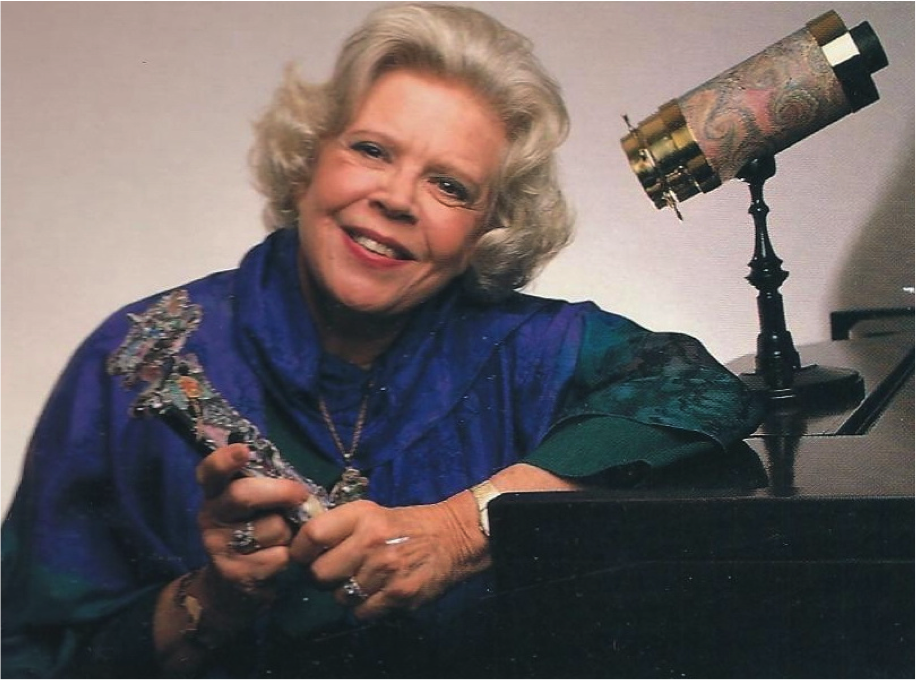
At the time I had no idea that a radiant Maryland grandmother with the too-good-to-be-true name of Cozy Baker had already started an organization for people with my particular affliction. Or that this Brewster Society, which Baker founded in 1986, sponsors annual conventions where a couple hundred kaleidophiles – artists, dealers and collectors – come together for a weekend to talk about, look at and peer into the latest creations.
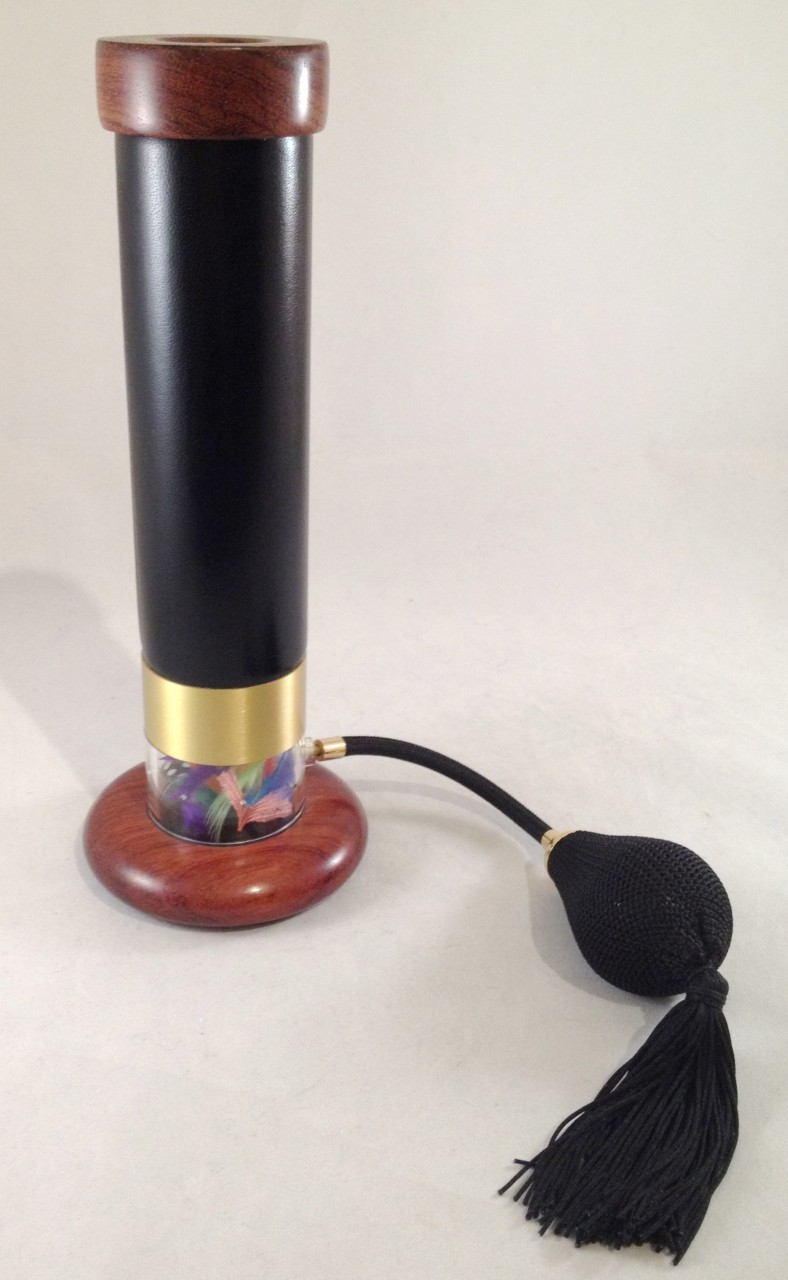
It’s not a hobby restricted to the ranks of the rich. One of my favorites is a leather-covered scope that scatters a brilliant array of colored feathers with the squeeze of a perfume atomizer. Feather & Leather, as this ingenious invention by Tom and Carol Paretti is appropriately called, won the Brewster Society award tor ingenuity. It sells for $180.
This price is typical for fine, handheld scopes – as distinct from the larger table models. Some artists sometimes like to work with humble materials – the transformation into something beautiful being part of the conjuring trick they perform. Carmen Colley uses unusual found objects including, on occasion, cat’s whiskers and a snake’s rattle. Skeeter and Peter De Mattia have fashioned kaleidoscopes out of everything from beer bottles to what they tenderly describe as “parts of a train wreck.”
The true obsessive, I suspect, not only enjoys his collection; he also worries about it. But while some of my fellow collectors fear breakage or theft, my own apprehension is slightly more baroque: What if an evil king should decree that no citizen may possess more than one kaleidoscope?
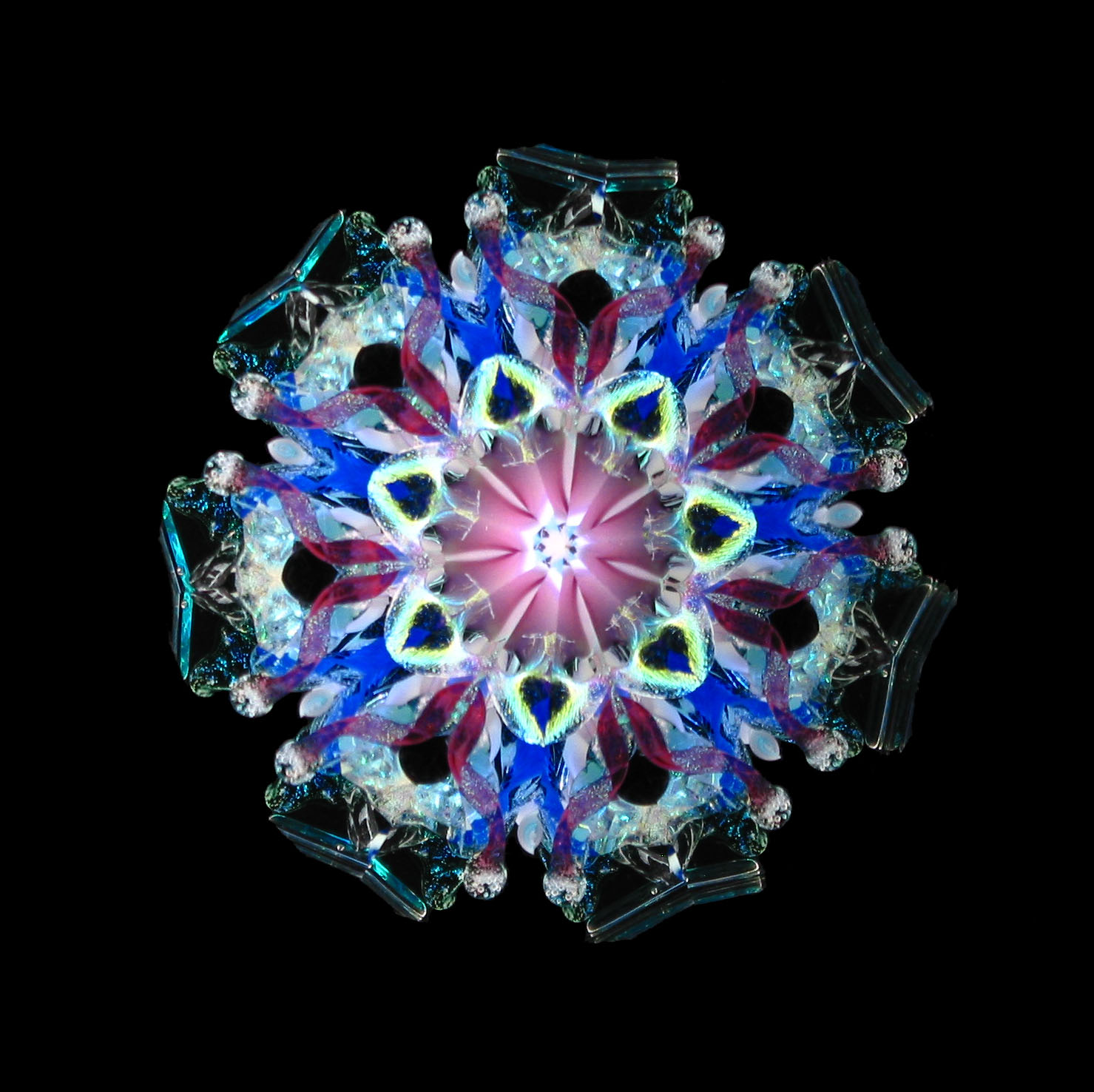
A tough choice, but I’d probably stick with Shockra by Shelley Knapp, which surprises me every time I pick it up. With its African rosewood finish and an object chamber filled with pieces of sculpted glass suspended in clear oil, Shockra serves up a mesmerizing, ever-changing concerto of color against a night-black background. ” A Persian pipe dream,” says collector Richard Kot.
It is fitting that Cozy Baker, who once called kaleidoscopes “a surprise party for the eyes,” owns the world’s largest collection. It includes, among a thousand or so items, scopes made of sharkskin, alabaster and ivory, as well as the Marbleator – a huge, plug-in machine by Randy Knapp in which dozens of handmade marbles are lifted by an elevator and propelled through two separate mirror systems.
These days the hottest item in the kaleidoscope world isn’t a scope at all. After years of research Cozy Baker has published the first-ever coffee table book on kaleidoscopes. Kaleidoscopes, Wonders of Wonder (C&T Publishing, 1999 has scope-lovers rejoicing. It’s a glorious and unhurried look at the full range of an exciting but still affordable art form that has finally been captured on the printed page.
Photo of William Novak by David Belcourt. Other photos from Brewster Kaleidoscope Archives, Randy and Shelley Knapp, Cape Kaleidoscopes, and Kaleidoscopes to You.
William Novak, a Boston-area author, is best known as the ghostwriter of the memoirs of Lee Iacocca, Tip O’Neill, Nancy Reagan, Oliver North, Magic Johnson, and Tim Russert. He is also the co-editor of The Big Book of Jewish Humor. In recent years he has been writing corporate histories and private books for wealthy families.
